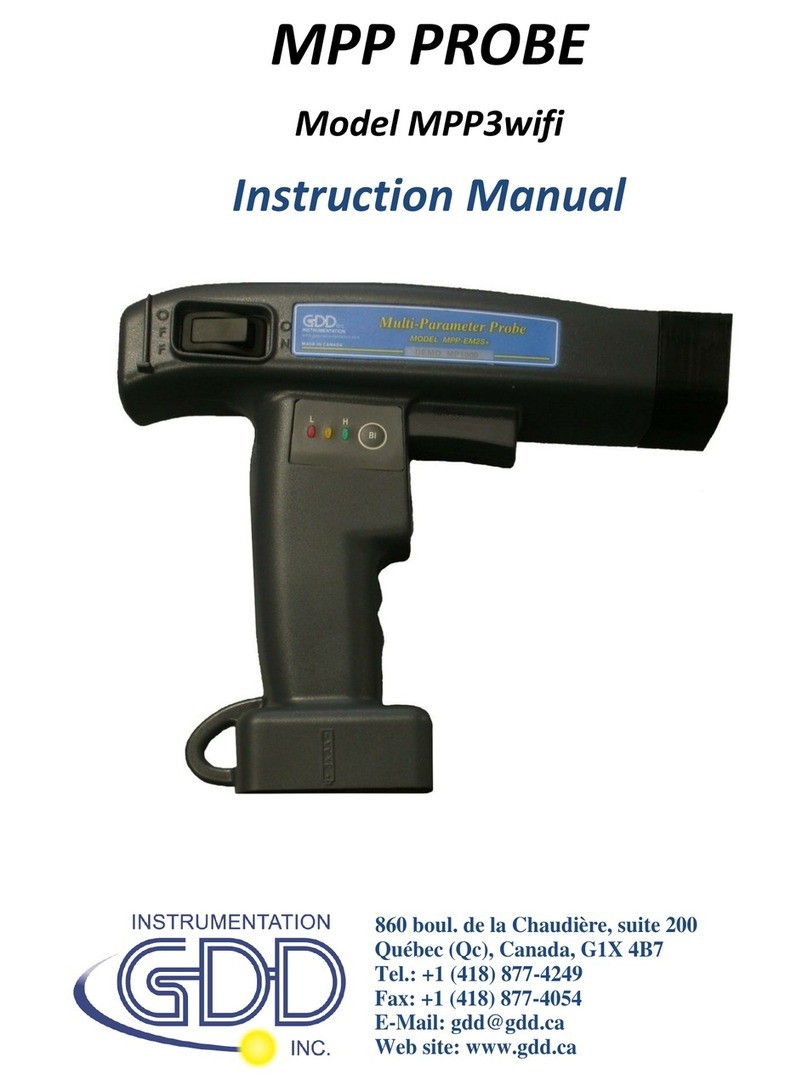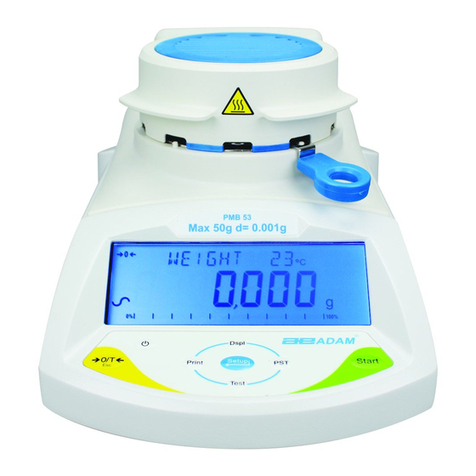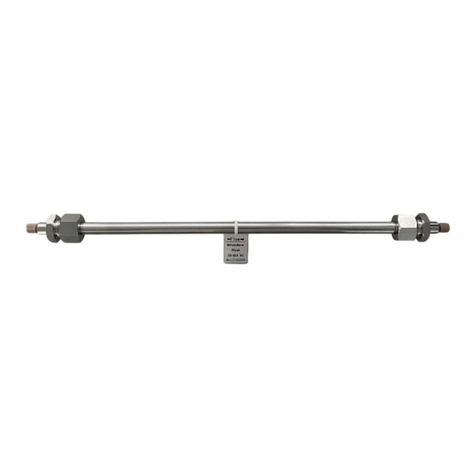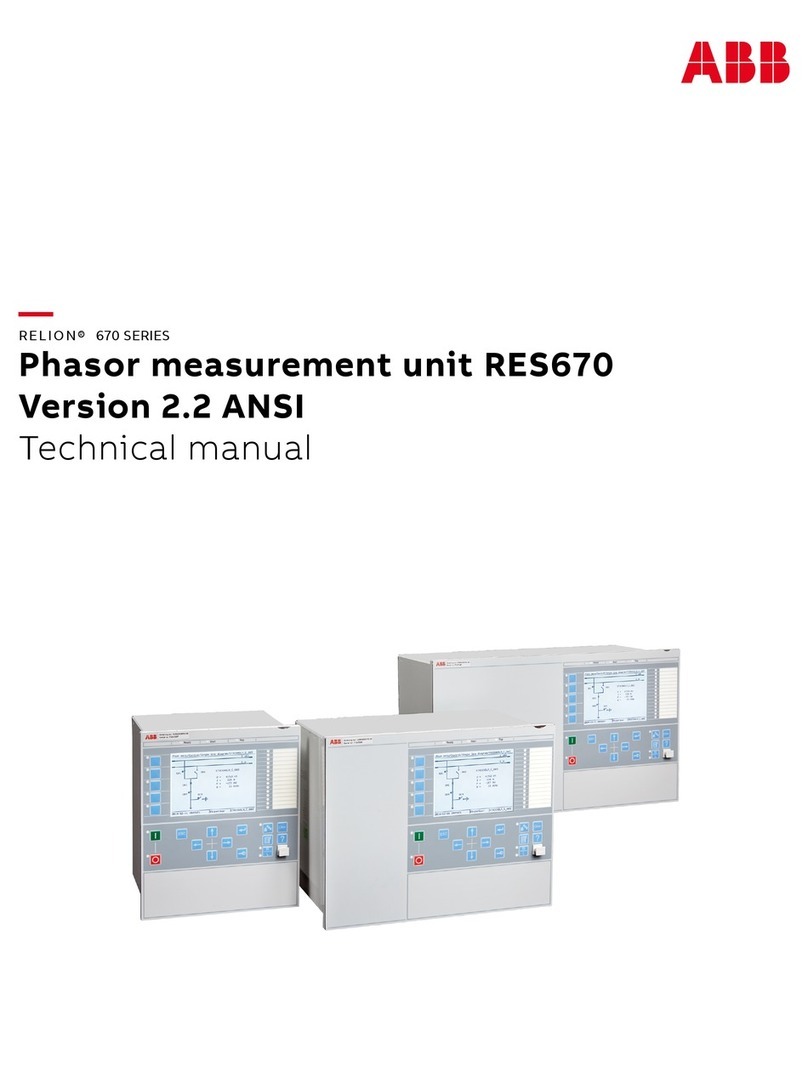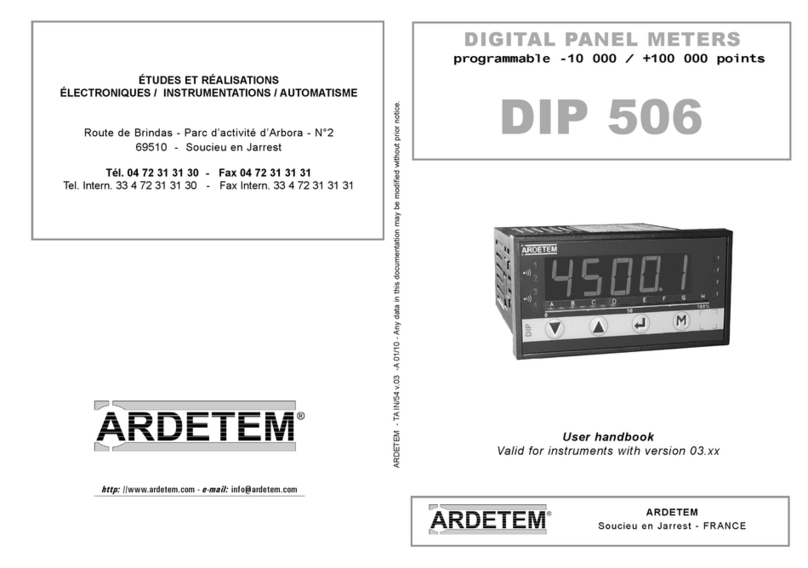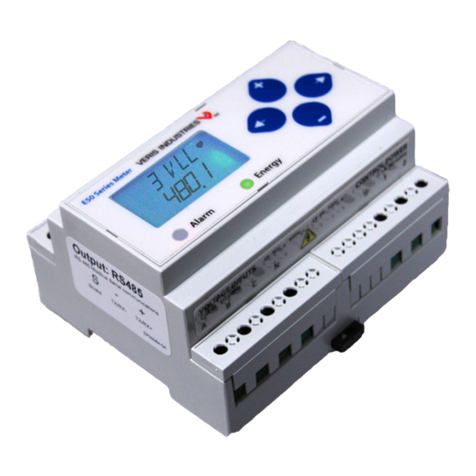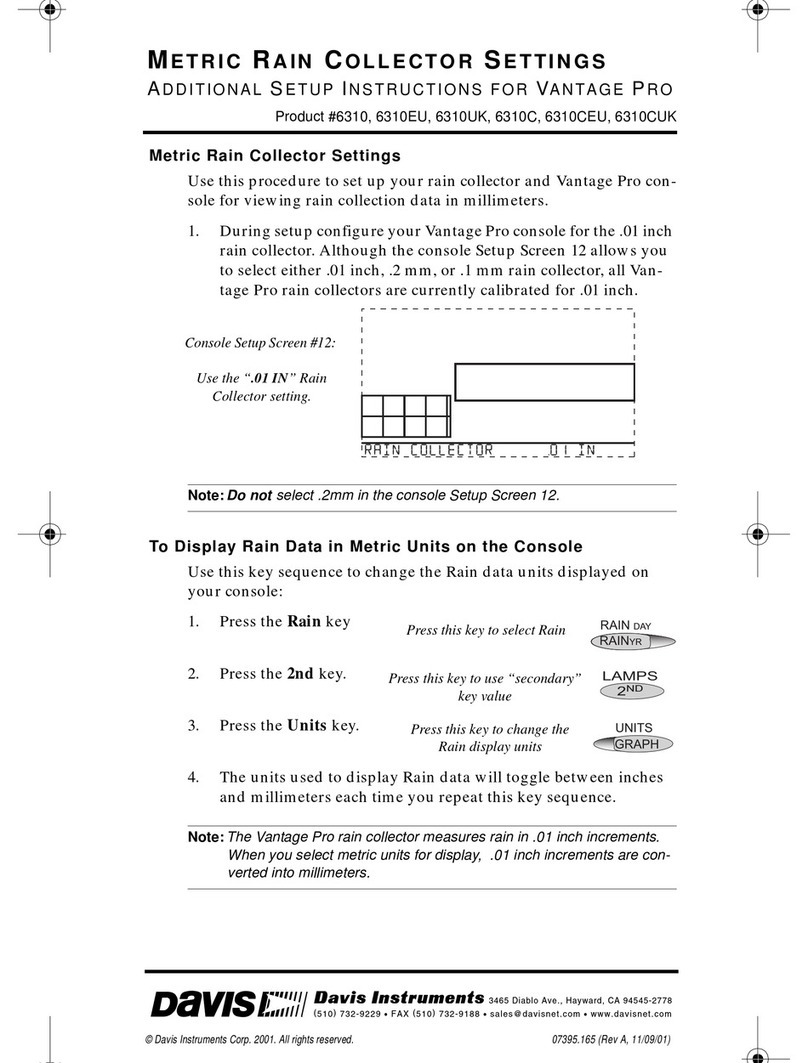GDD Instrumentation MPP-EM2S Plus User manual

MPP PROBE
Model MPP-EM2S+ with Android software
Instruction Manual
860 boul. de la Chaudière, suite 200
Québec (Qc), Canada, G1X 4B7
Tel.: +1 (418) 877-4249
Fax: +1 (418) 877-4054
E-Mail: gdd@gdd.ca
Web site: www.gdd.ca

Instrumentation GDD Inc. 2018-11-09 1
WARNINGS: Measure Stability and Battery Discharge .................................................................... 2
1. Introduction ........................................................................................................................................ 4
2. Mineral Conductivity – General Rules ............................................................................................. 5
3. Android software................................................................................................................................. 6
4. Equipment List .................................................................................................................................... 7
5. Batteries ............................................................................................................................................... 8
6. Probe buttons and switches .............................................................................................................. 10
7. Starting ............................................................................................................................................... 12
8. Display ................................................................................................................................................ 23
9. Reading Modes .................................................................................................................................. 31
10. Manage Projects .............................................................................................................................. 34
11. Export Files ...................................................................................................................................... 37
12. Readings interpretation .................................................................................................................. 40
13. Troubleshooting .............................................................................................................................. 41
14. Technical Support ........................................................................................................................... 44
Table of contents

Instrumentation GDD Inc. 2018-11-09 2
Measure Stability (Drift)
The MPP-EM2S+ is a useful geophysical instrument that will help you to get the information that you
need to design an appropriate geophysical survey. In order to obtain stable values (which should be
around 0) and avoid signal drift, it is highly recommended to leave the probe ON during one hour
before taking the first measurement. After one hour, you must re-initialize the probe and then, you
are ready to take measurements. To minimize the drift once you have started to take measurements,
you must initialize the probe every 1, 5, 10 or 15 minutes. By default, the option 1 minute between
every initialization is activated.
If you want to take measurements right away after turning on the probe, we suggest that you initialize
the probe every minute or, for best results, before each reading for the first 30 to 60 minutes.
This preventive procedure decreases the risk to take erroneous values that would be caused by weather
variations or by other external causes that lead to a drift of the instrument. It is therefore very
important to often re-initialize in order to maintain the «0» base value used in the calculation of the
displayed values.
Please take note that values are more stable after 20 minutes and are completely stable after 50 to 60
minutes.
WARNINGS: Measure Stability and Battery Discharge

Instrumentation GDD Inc. 2018-11-09 3
Battery Discharge
*** For the probe, when the level of the AA batteries charge is low, the value of the readings could
be inaccurate and you could not be able to initialize the probe.
The specifications described in this Instructions Manual is valid at temperatures between 0°C and
70°C. At temperatures lower than 0°C, some specifications, like the battery’s life, could be different.

Instrumentation GDD Inc. 2018-11-09 4
Thank you for choosing the MPP-EM2S+ Multi Parameter Probe developed by Instrumentation GDD
inc. to help you optimize your prospecting efforts. This probe will help you to better determine the
nature, the exact position as well as the intensity of magnetic/conductive horizons along your cores
and samples. The simplicity of the measurement process and the automatic recording will allow you to
easily obtain conductivity and magnetic susceptibility profiles corresponding to the core.
Here are the key benefits of the new MPP-EM2S+ probe:
It provides you the ability to measure at all time the magnetic susceptibility with or without the
presence of a conductor such as pyrrhotite.
It has improved software to measure in continuous mode using a time base with specific lengths of
your choice.
It is equipped with new software to quickly create a profile from the measurements taken in
continuous mode.
Because the probe's response towards a conductor is similar to a conventional electromagnetic (EM)
survey's response, it will provide you more significant information than an ohmmeter or a visual
interpretation would do. To give an example, if the conductive zones of your core are evaluated by an
ohmmeter, the occurrence of chalcopyrite will induce a reading corresponding to a conductive zone. In
fact, chalcopyrite, even if it seems massive, will often not produce an anomaly detectable by an EM
survey. Along the core, the MPP-EM2S+ probe will have a similar response as the EM response and will
only indicate the conductors detectable by this type of survey. The use of the MPP-EM2S+ probe could,
therefore, prevent you to beginning an EM survey campaign for a type of ore that would not respond
to this approach.
In the previous example, the phenomenon that explains the absence of conductivity is probably related
to the chalcopyrite ore distribution in the sample. If the chalcopyrite grains are not touching each other
but are linked only by very thin filaments, the ohmmeter will detect the conductor presence because
of these tiny filaments connecting them. However, the grains, being linked only by those filaments, will
not form a sufficient surface to be detected by the probe.
For an equivalent content of conductive material, the probe’s response will be higher in function of the
conductor's surface. You could try the following experience. Take an aluminium paper foil (a few cm²),
put the probe on the sheet and note the intensity of the anomaly. Roll the sheet in a small ball, put the
probe on the ball and take the reading again. You will see that the intensity of the anomaly is higher for
a larger contact surface even if the substance conductivity and quality are the same.
1. Introduction

Instrumentation GDD Inc. 2018-11-09 5
Pyrrhotite often occurs in thin but continuous veins. It causes multiple and very high EM anomalies.
Chalcopyrite is hardly detectable for two reasons.
1- It is 20 times less conductive than pyrrhotite.
2- It occurs, more often, in disseminated grains or clusters rather than in continuous beds, as the
pyrrhotite or graphite that extend in horizons of hundreds of meters.
Pyrite and galena are not conductive when they respond to an EM survey even within a single crystal.
However, we have observed some very conductive samples of silver-bearing galena (Kamouraska) and
pyrite rich in gold. (Balmorals and Wrightbar mines).
Sphalerite, arsenopyrite and stibnite are never conductive and are not detectable with EM and IP
surveys.
Rich graphite beds can be more conductive than pyrrhotite. Occasionally they are not conductive at all.
Graphite can also show all intermediary conductivity values.
It is important to note that, with or without the presence of a conductor such as pyrrhotite, the MPP-
EM2S+ probe will measure the magnetic susceptibility value.
At all times, the MPP-EM2S+ provides an estimated EM conductivity value.
2. Mineral Conductivity – General Rules

Instrumentation GDD Inc. 2018-11-09 6
The MPP Probe model MPP-EM2S+ can be used with any Android devices supporting Bluetooth or
Serial (RS-232) communication.
The GDD MPP Android software is available on Google Play
(https://play.google.com/store/apps/details?id=com.gddinstrumentation.gddmpp).
Generally, Android devices don’t have any RS-232 port. To use the probe with the serial
communication cable, you would need an USB/RS-232 adapter like the one shown below. You would
need also a USB connector adapted to your Android device.
3. Android software

Instrumentation GDD Inc. 2018-11-09 7
When receiving a GDD MPP probe model MPP-EM2S+, ensure that it contains the following elements:
The items supplied with the device and available accessories may differ from the picture.
1. One (1) MPP-EM2S+ wireless probe
2. Four (4) rechargeable AA batteries with charger
3. One (1) set of international adapters for AA batteries charger
4. One (1) MPP wall power supply with international plug kit (universal voltage)
5. One (1) standard serial communication cable
6. One (1) MPP Instruction Manual
7. One (1) MPP utilities CD-ROM / USB Stick
8. One (1) black carrying box
Do not hesitate to communicate with GDD Instrumentation Inc. if needed.
1
2
3
4
4. Equipment List
5
6
7
8

Instrumentation GDD Inc. 2018-11-09 8
5.1 Android device battery
When the GDD MPP Android software is running on your device, the automatic screen save mode is
disabled. To reduce battery usage, please make sure to close MPP software when you don’t use it for
long time.
5.2 Supplying power to the probe
With the MPP 1000 Series, it is possible to use three AA batteries or the wall power supply included
with the MPP set.
*** The use of another power supply than the one provided by GDD could damage the probe.
5.3 Battery level indicator
If the power of the probe is supplied by three AA batteries, it is important to verify that the level of
the batteries charge is sufficient.
Press and hold the BI button to turn on the lights.
3 AA cells
Wall external
power
supply***
+ -
5. Batteries

Instrumentation GDD Inc. 2018-11-09 9
Lights signification
Lights on Status Time remaining in
wireless mode**
Time remaining in cable
mode**
Red, yellow, green The batteries are fully
charged 7.5 hours 9 hours
Red, yellow
The batteries are
partially discharged 0-4 hours 0-4 hours
Red
The batteries are not
enough charged to
supply the probe
2-3 minutes 2-3 minutes
No lights on The batteries are absent
or totally discharged 0 0
** This information is an approximation only. The time remained depends of the type of cells and the
operating conditions.
5.4 Recharging AA batteries
Simply put the AA batteries in the charger and plug it in the wall using the 120 V plug located at the
back of the charger or the 220 V adapter.

Instrumentation GDD Inc. 2018-11-09 10
6.1 On / Off Switch
Turn on the probe with the On / Off toggle switch.
6.2 Cable / Wireless / Prog Switch
The Cable / Wireless / Prog. switch is used to select the operating mode.
*** It is important to place the switch in the position wanted before turning the probe on.
The Cable and Wireless positions are used to operate with or without cable. The Prog position is not
used for normal operation. If the operating mode must be changed during the operation, the probe
must be turned off before changing it.
6. Probe buttons and switches

Instrumentation GDD Inc. 2018-11-09 11
6.3 STAMP and MEM buttons
There are two buttons on the handle of the MPP–EMS2+ probe. These buttons have the same utility as
the Stamp and Mem buttons in the GDD MPP Android software and were designed to facilitate
handling. Pressing the both buttons together initializes the probe, so it makes the same action as
Initialize button in the GDD MPP Android software (for the firmware versions starting from MPPi5_6).
See Section 9 – Reading Modes for more details.
6.4 BI button
See Section 5.3 – Battery level indicator to know how to use this button.

Instrumentation GDD Inc. 2018-11-09 12
7.1 Starting – Wireless (Bluetooth) mode
*** It is highly recommended to leave the probe ON during one hour before taking the first
measurement.
1. Install the GDD MPP software on your Android device.
This software is available on Google Play
(https://play.google.com/store/apps/details?id=com.gddinstrumentation.gddmpp).
2. Turn and pull the cap of the battery holder, and insert 3 AA batteries into the probe. Push
and turn the cap to close it. Or, plug the wall external power supply in the power jack.
7. Starting

Instrumentation GDD Inc. 2018-11-09 13
3. Place the Cable – Wireless – Prog switch in Wireless position.
4. Turn on the probe with the On/Off switch placed on the right side of the probe.
5. On your Android device, go to Settings->Bluetooth, verify that Bluetooth is ON, find your
MPP probe and pair it with the code 1234.

Instrumentation GDD Inc. 2018-11-09 14
6. Run the GDD MPP program. Go to the Config menu->Settings->Connection. Make sure
that Connection type is Bluetooth and your MPP Probe is selected as Bluetooth device.
Config menu

Instrumentation GDD Inc. 2018-11-09 15
7. Come back to the GDD MPP software main screen and connect to the probe with
Connection button.
8. Set the different parameters you need to use (see Section 10 – Manage Projects) according
to the reading mode you chose (see Section 9 – Reading Modes). Once the setting is finished,
come back to the GDD MPP software main screen, keep the end of the probe far from metal
objects (point it towards the sky) and initialize it by taping on Initialize button.

Instrumentation GDD Inc. 2018-11-09 16
9. The initialization… message will turn for few seconds and after this, the reading screen
should appear. You are ready to take readings according to the reading mode you chose
(see Section 9 – Reading Modes).

Instrumentation GDD Inc. 2018-11-09 17
7.2 Starting – Cable mode
*** Use the cable mode only if the Wireless (Bluetooth) mode does not work.
1. Connect the serial RS-232 cable with the adapters between the probe and your Android
device.
Note: You need to plug together three cables to make a serial (RS-232) communication.
1. Standard serial communication cable
2. USB / Serial cable adapter
3. USB connector (depends of the model of your Android device)
3
2
1

Instrumentation GDD Inc. 2018-11-09 18
2. Install the GDD MPP software on your Android device.
This software is available on Google Play
(https://play.google.com/store/apps/details?id=com.gddinstrumentation.gddmpp).
3. Turn and pull the cap of the battery holder, and insert 3 AA batteries into the probe.
Push and turn the cap to close it. Or, plug the wall external power supply in the power
jack.

Instrumentation GDD Inc. 2018-11-09 19
4. Place the Cable – Wireless – Prog switch in Cable position.
5. Turn on the probe with the On/Off switch placed on the right side of the probe.
Other manuals for MPP-EM2S Plus
1
Table of contents
Other GDD Instrumentation Measuring Instrument manuals
Popular Measuring Instrument manuals by other brands
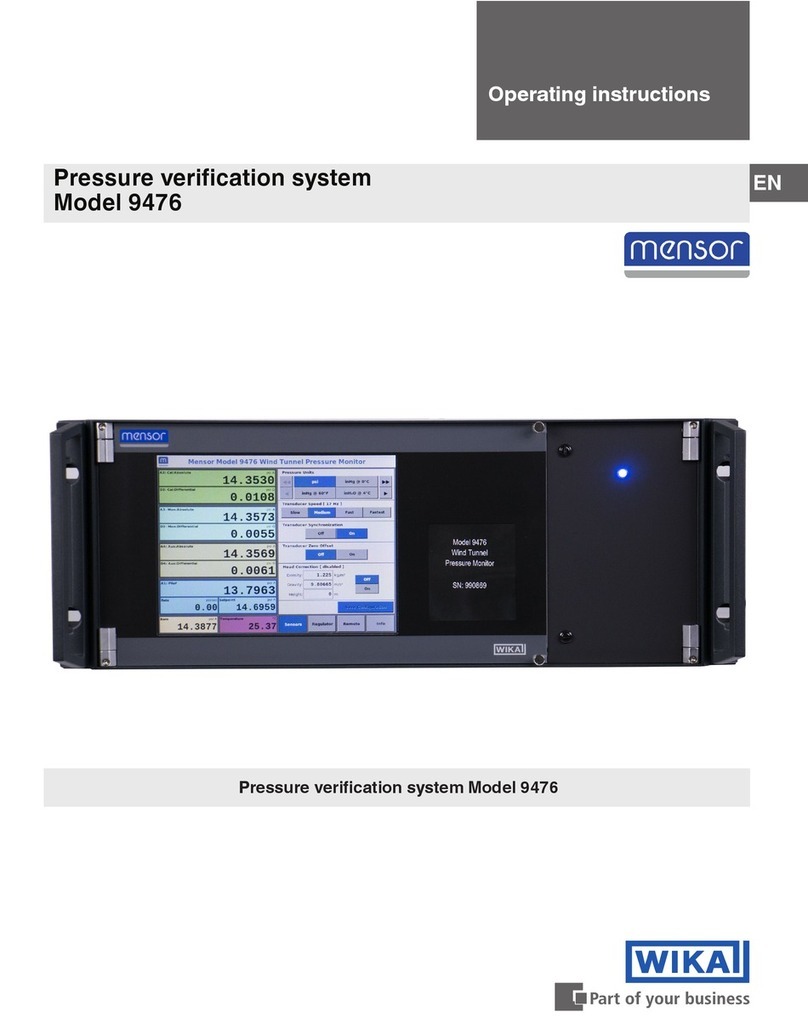
WIKA
WIKA mensor 9476 operating instructions
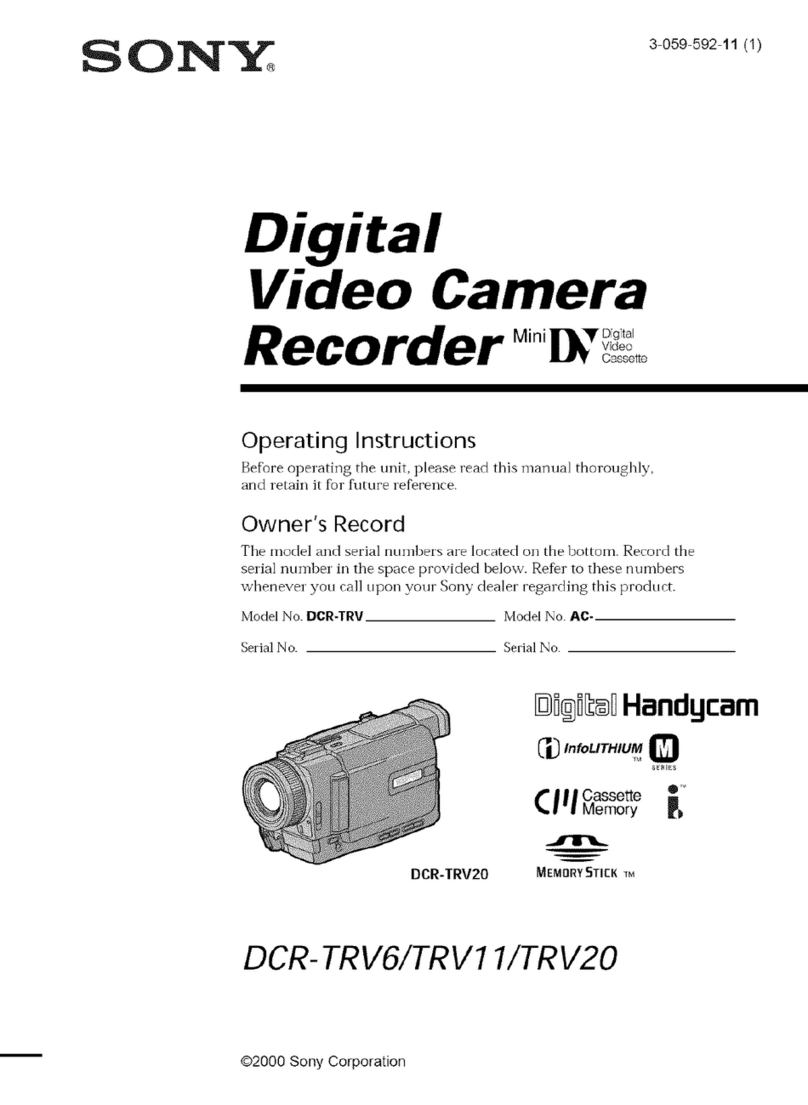
Sony
Sony Handycam DCR-TRV6 operating instructions
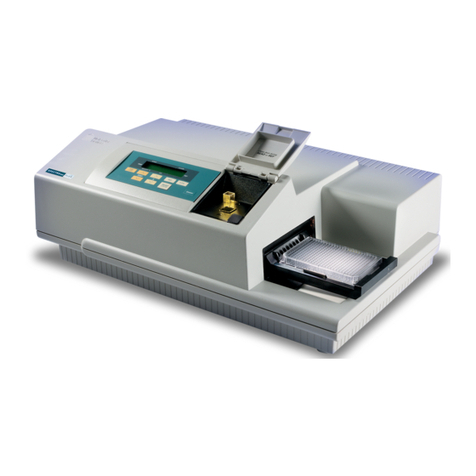
Molecular Devices
Molecular Devices SPECTRAmax PLUS 384 user guide
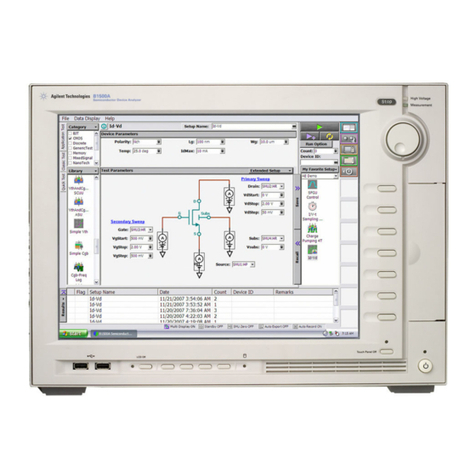
Keysight Technologies
Keysight Technologies B1500A user guide
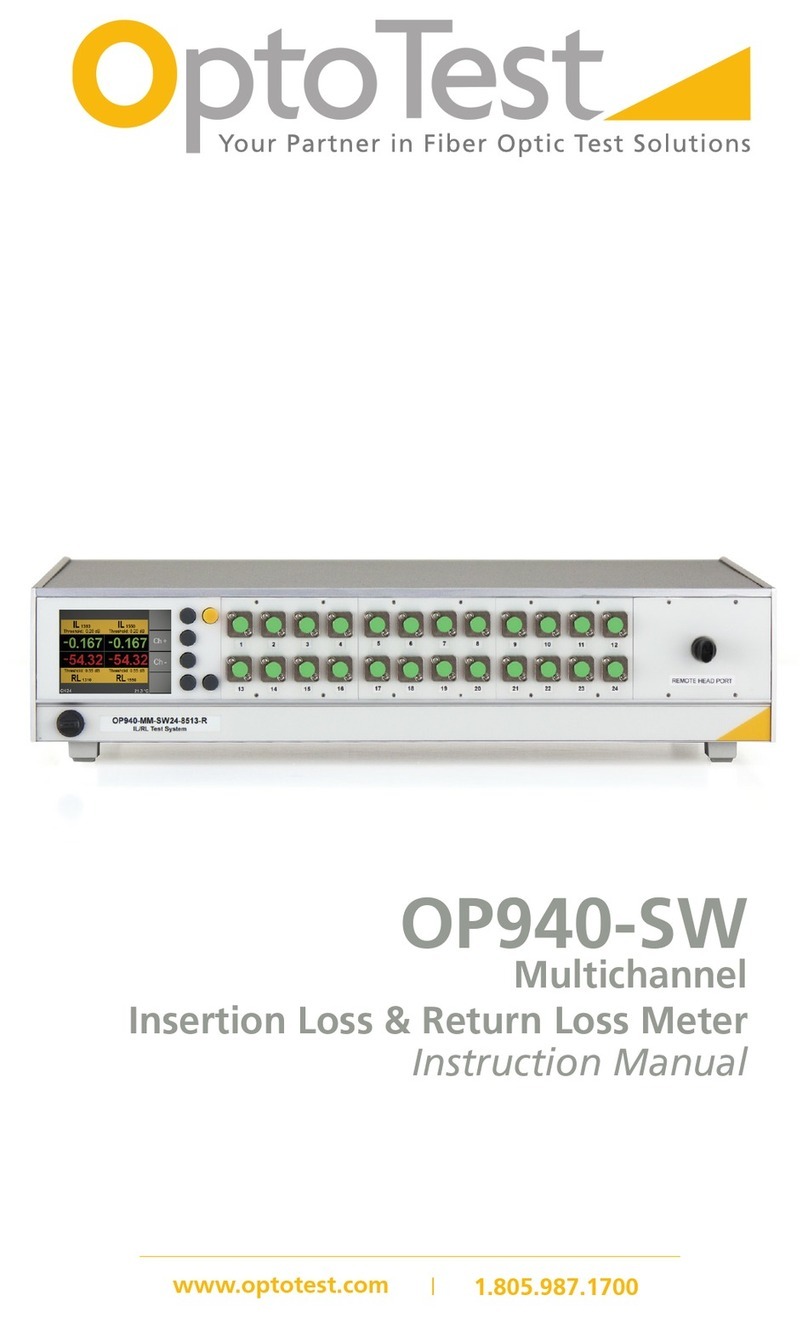
OptoTest
OptoTest OP940-SW instruction manual

koban
koban KPA-01 MINI Operating instruction
